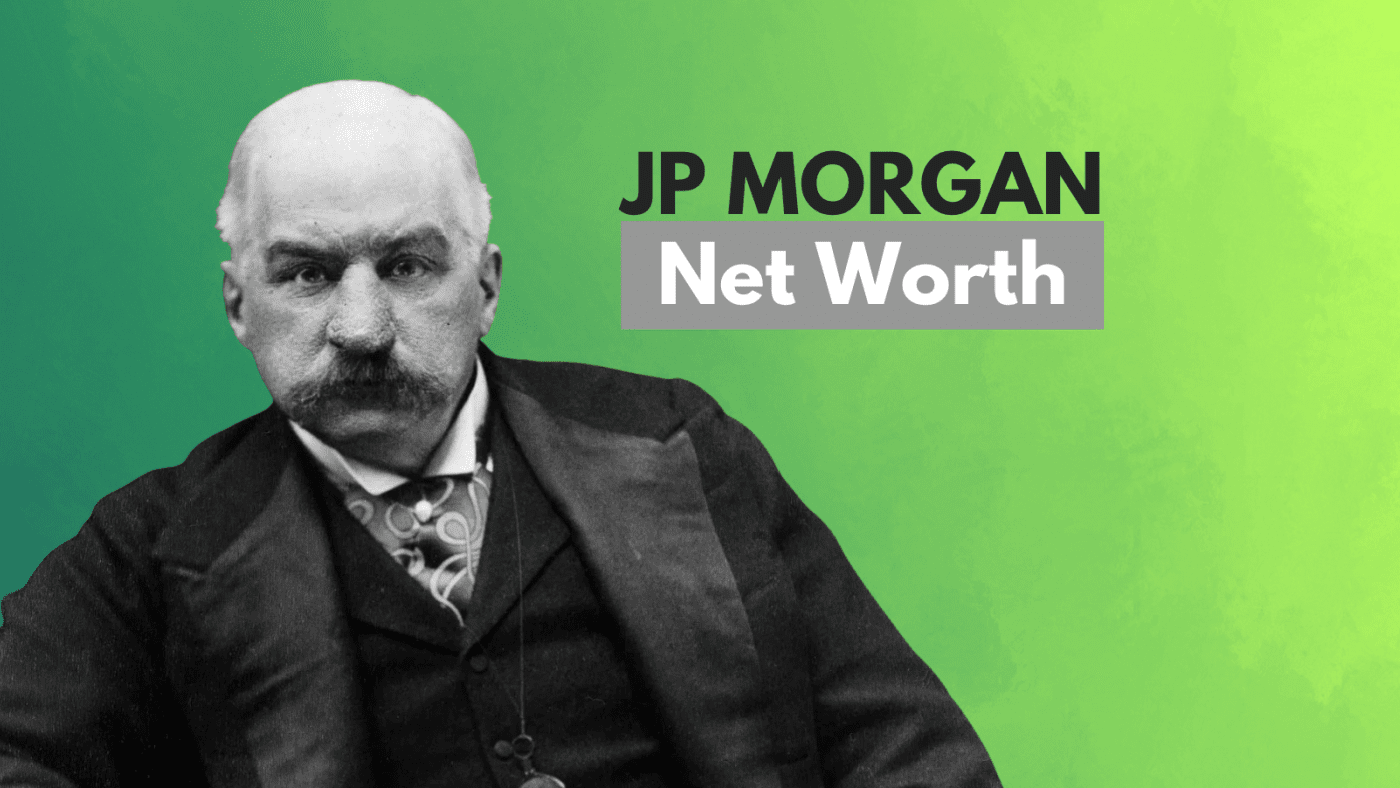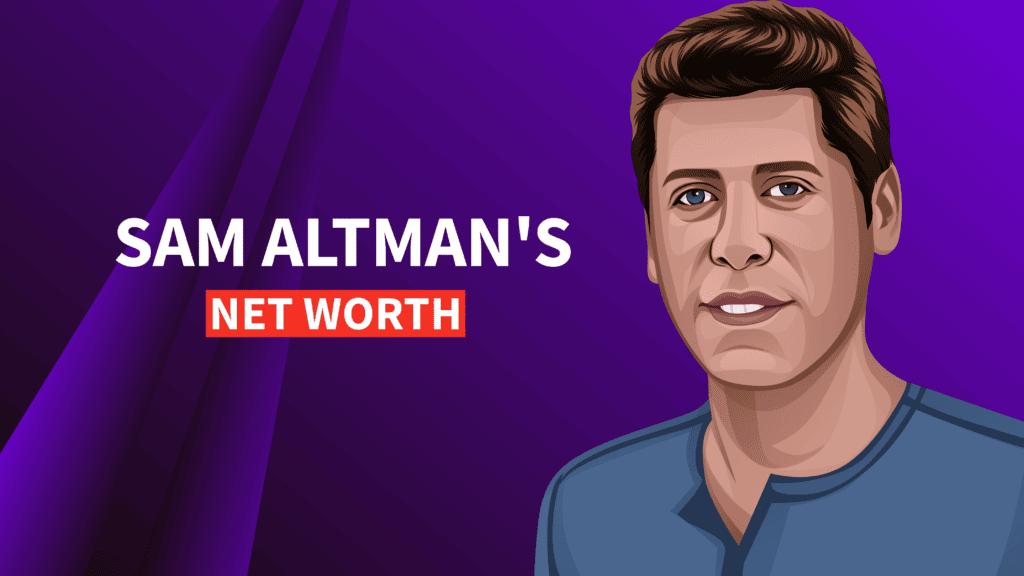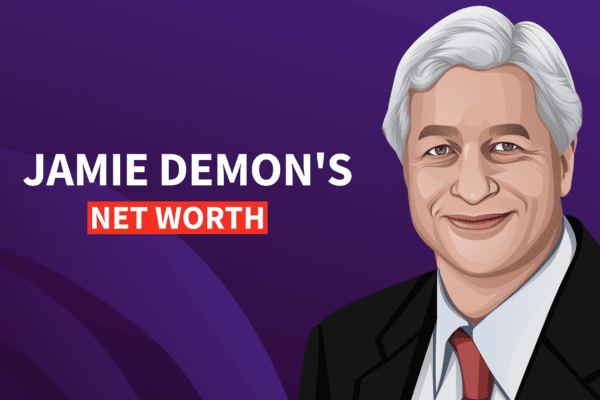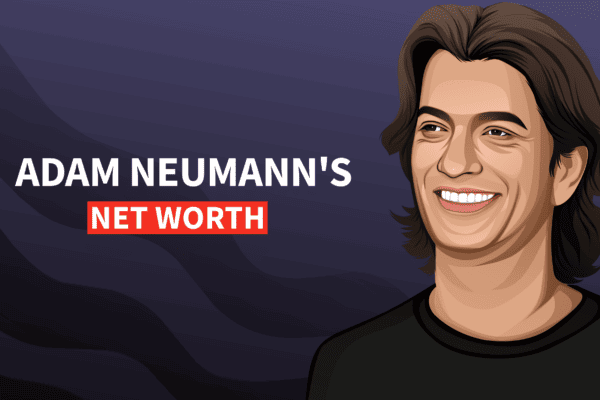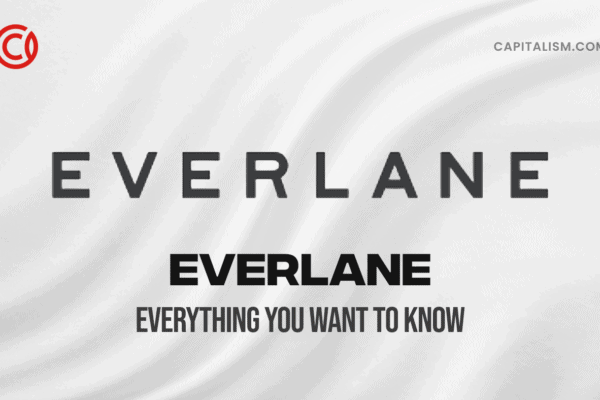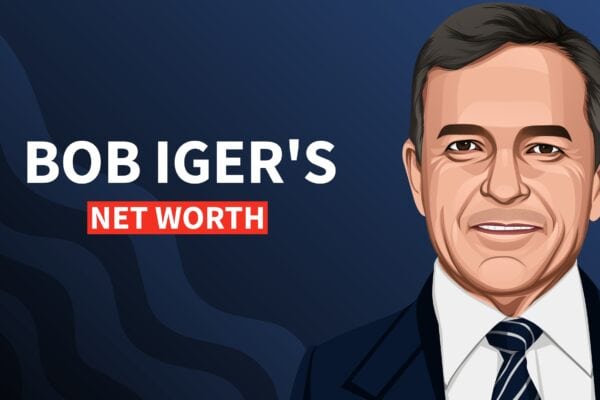A global leader, a top American financier, a wealthy man, a titan of American business, and one of the most successful businessmen you'd ever discover. Here’s everything you need to know about JP Morgan’s net worth, life, and legacy.
His name: John Pierpont Morgan, and he lived between April 17, 1837 – March 31, 1913. Although he is late, his bank, JPMorgan Chase, remains the number one financial services company in the United States.
In this article, we will explore John Pierpont Morgan's life and legacy, from his contributions to the steel industry to his role in the Panic of 1907 and more. You'll learn about his wealth, art collection, philanthropy, and more.
Who is John Pierpont Morgan?
John Pierpont Morgan short for J.P. Morgan was an American financier and investment banker who dominated corporate finance on Wall Street throughout the Gilded Age.
He was born on the 17th of April, 1837, in Hartford, Connecticut, U.S. Morgan died March 31, 1913 (aged 75).
He is known for founding J.P. Morgan & Co, International Mercantile Marine, co-founding General Electric, International Harvester, and U.S. Steel. He was a board member of many organizations as well.
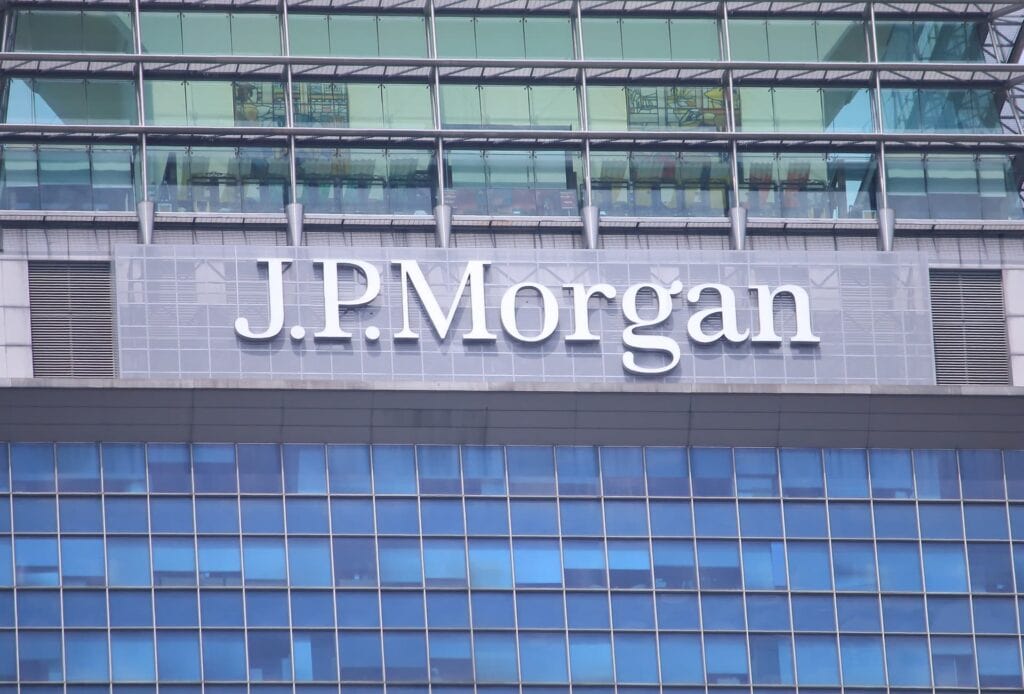
What was John Pierpont Morgan's net worth?
According to Investopedia, J.P. Morgan's net worth has been estimated to have been about $80 million. In 2022 dollars, that's equivalent to about $2.3 billion, though some speculate that his fortune at the peak of his career might have been worth as much as $60 billion in 2022 dollars.
What about his company?
J.P. Morgan Chase is ranked 24th on the Fortune 500 list of the largest United States corporations by total revenue.
As of the time of writing this article, JPMorgan Chase's net worth stands at $400.32B.
How did John Pierpont Morgan make his wealth?
J.P. Morgan's father was a very successful businessman who saw that his son had the best education. Joseph Morgan, his paternal grandfather, was the founder of the Aetna Insurance Company.
That means, he was born into a wealthy and distinguished family with a long list of notable achievements.
When his father died in 1890, he received an inheritance along with his father's role in the banking empire, which doubled Morgan's fortune overnight.
What an incredible story.
Also, he made a fortune in railroads. In 1898, Morgan formed the Federal Steel Company. Again he merged with other steel companies, forming the huge United States Steel Corporation, and with that, he made a huge fortune.
Unarguably, he was a man with great zeal to build wealth that lasts.
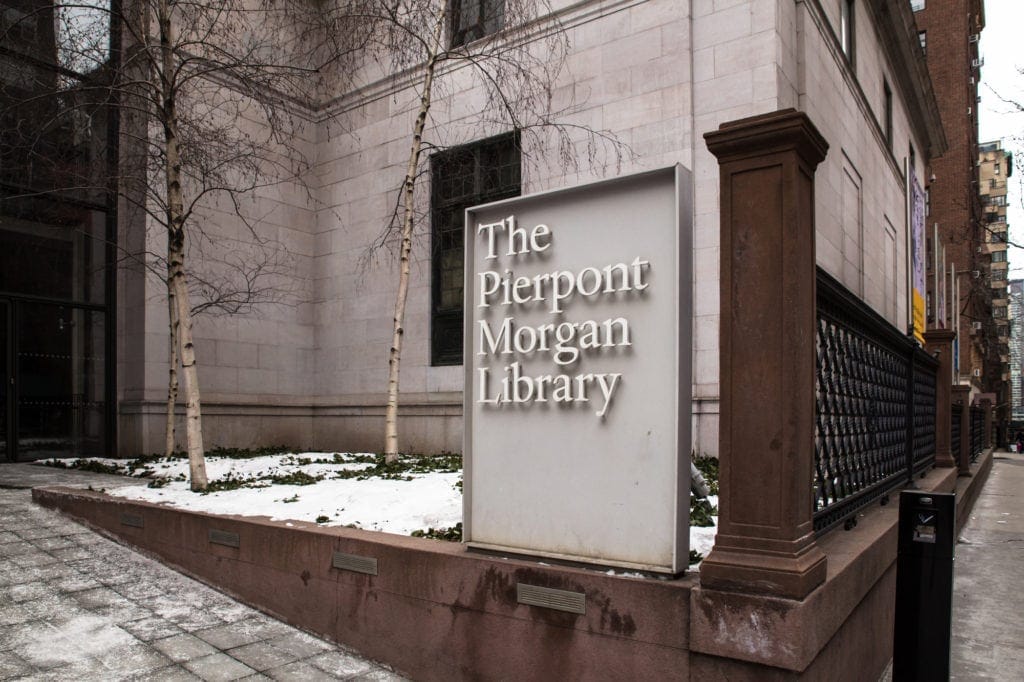
How did John Pierpont Morgan spend his wealth?
“The first step towards getting somewhere is to decide that you are not going to stay where you are.” So says J.P Morgan.
He did live by that quote. Despite his enormous wealth, he was determined to keep winning and investing in assets. He funded Thomas Edison throughout the 1870s and 1880s and laid the financial foundation for Edison Electric Company (EEC).
Also, he acquired financing for several industries, including an insurance company, shipping interests, coal mines, and communications. He also provided financial backing for the U.S. government along with an assortment of other endeavors.
When many small companies and railroads ran into tough times after the civil war, Morgan saw opportunities and acquired those with potential. By the mid-1880s, he had significant railroad holdings and owned some 5,000 miles of rail by 1900
In addition to consolidating and controlling several railroads and industries, J.P. Morgan led in resupplying the U.S. Treasury’s gold reserve during the depression that followed the panic of 1893 and organized the financial community in averting a financial collapse after the market panic of 1907.
FAQs
If you want to know more about J.P Morgan, here are answers to frequently asked questions about him.
What is John Pierpont Morgan's net worth?
He's worth about 2.3 billion USD. His company is worth about 400 billion USD in 2022.
How did John Pierpont Morgan make his wealth?
He made a huge part of his wealth through investments, banking and financing.
What are some of the companies John Pierpont Morgan was involved in?
John Pierpont Morgan was enthusiastic about widening the scope of his career beyond different industries within his category.
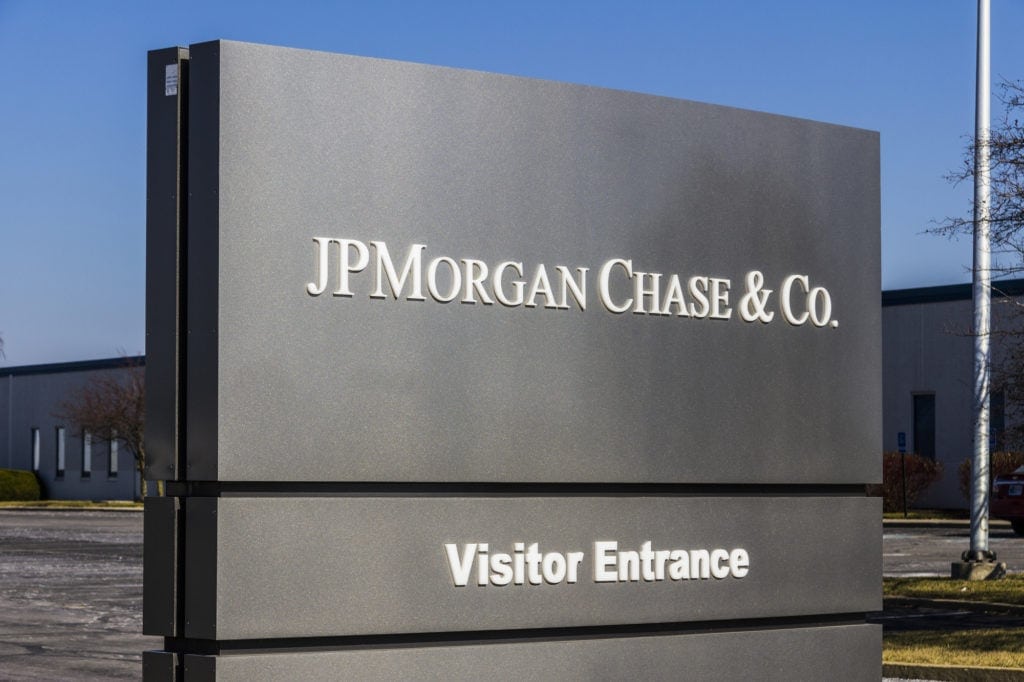
Here is a list of some companies he was involved in:
- Peabody, Morgan & Co
- Duncan firm
- Sherman & Company
- Dabney, Morgan, and Company
- Firm Drexel
- Associated Merchants
- Atlas Portland Cement Company
- Boomer Coal & Coke Company.
- Federal Steel Company
- General Electric
- Hartford Carpet Corporation
- Inspiration Consolidated Copper Company
- International Harvester
- International Mercantile Marine
- J. I. Case Threshing Machine
- National Tube
- United Dry Goods
- United States Steel Corporation
- Atchison, Topeka, and Santa Fe Railway
- Atlantic Coast Line
- Central of Georgia Railway
- Chesapeake and Ohio Railway
- Chicago and Western Indiana Railroad
- Chicago, Burlington, and Quincy
- Chicago Great Western Railway
- Chicago, Indianapolis & Louisville Railroad
- Elgin, Joliet, and Eastern Railway
…And a host of other corporations and organizations he affiliated with.
What was John Pierpont Morgan's role in the steel industry?
He purchased U.S. Steel from Andrew Carnegie and merged it with a few other firms to create United States Steel in 1901.
And in the same year, U.S. Steel was the world's first billion-dollar company, with an authorized capitalization of $1.4 billion, much larger than any other industrial firm and comparable in size to the largest railroads.
What was John Pierpont Morgan's role in the creation of the Federal Reserve System?
One individual's actions led to the reemergence of an American central bank, the Federal Reserve. And one man comes to your mind: the great J.P. Morgan.
In 1901, Morgan bought Carnegie Steel with other large steel companies to create US Steel, the first billion-dollar company. He controlled about 40% of the liquid commercial and financial capital in the United States.
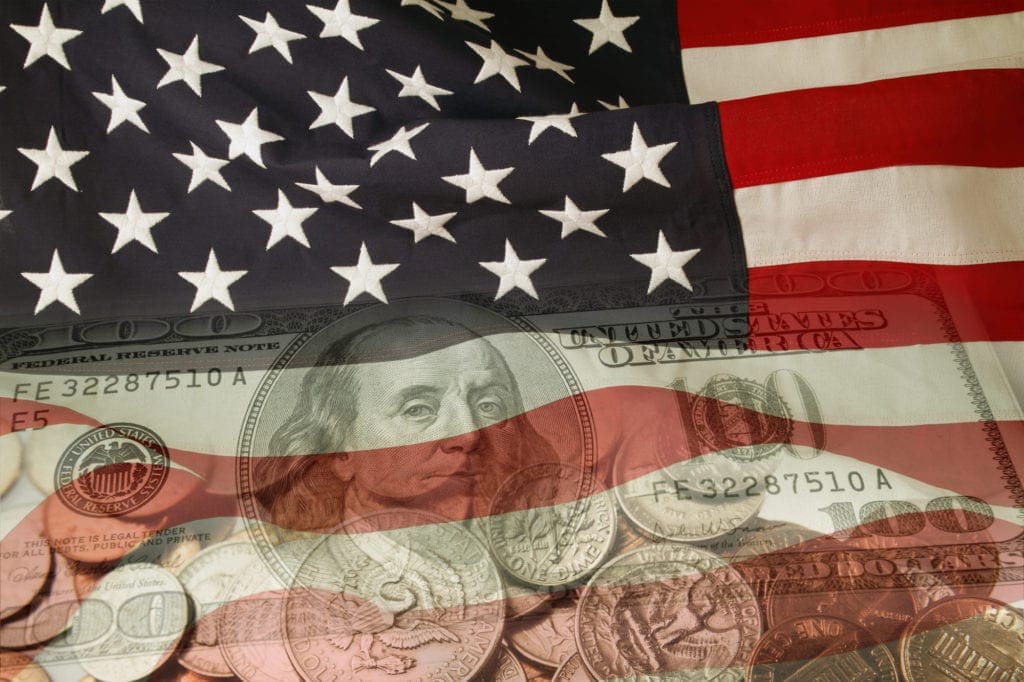
Just like a central bank, Morgan had vast control over the money supply. J.P. Morgan took on the role of a central bank during the financial crises and the panics of 1893 and 1907.
In both situations, he conducted the nation's money supply and maintained the stability of the financial system. Following these panics, there was a consensus for an overarching system similar to what Morgan had provided.
Moreover, Congress did not trust an individual to maintain the safety of the nation's finances.
However, J.P Morgan's actions were integral to the creation of the Federal Reserve in 1913 and his legacy continues to impact modern economic policy.
Not only did he influence the Federal Reserve's implementation, but he also showed the country that it needed to prevent those like him from becoming too powerful.
JP Morgan first acted as a center-back in the panic of 1893, the worst-ever economic crisis America had suffered to that point. Morgan organized European lenders to purchase $65 million worth of government bonds with gold to replenish the money supply.
J.P. Morgan's controversial legacy in American banking was not defined until the panic of 1907.
Let's see the role he played in the panic of 1907.
What was John Pierpont Morgan's role in the Panic of 1907?
The word panic is associated with anything negative or fearful you can think about.
The Panic of 1907, also known as the 1907 Bankers' Panic or Knickerbocker Crisis was a financial crisis that took place in the United States over three weeks starting in mid-October when the New York Stock Exchange fell almost 50% from its peak the previous year
At that time, J.P. Morgan acted as a central bank and stabilized the economy as he had done in 1893. The panic began when a group of financiers associated with the Knickerbocker Trust Company failed to corner United Copper and lost millions of dollars. A crisis of confidence swept through Knickerbockers' depositors and they began to pull money out of the trust.
What was John Pierpont Morgan's art collection like?
$1.5 billion!
That's how much Morgan spent on art throughout his lifetime.
Whopping figures right?
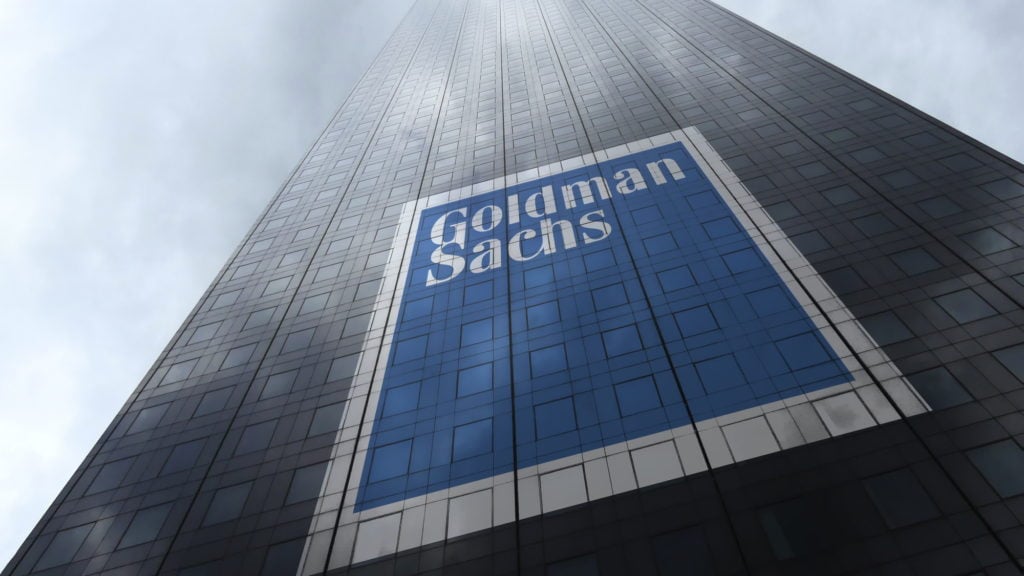
He was an art collector of paintings, pictures, books, clocks, and other art objects.
As a child, J.P. Morgan spent long periods at home due to his seizures and other medical ailments. During times of good health, he visited art galleries with his parents. This was the beginning of his love for the arts.
Morgan was the president of New York's Metropolitan Museum of Art from 1904 to 1913. While he did not take a scholarly approach to art, he developed a life-long love for art collections.
The art collection is located at The Morgan Library and Museum in the Murray Hill neighborhood of New York City, not far from the Empire State Building.
His museum complex is half a city block long and used to be a private residence owned by J.P. Morgan. Morgan's own residence – his study, main library, and librarian's office are in the museum's central building
According to celebrity net-worth, the most important piece of art in this room is a plaster cast of George Washington's face, made by the French sculptor Jean-Antoine Houdon.
The librarian's office, located off the rotunda, contains a collection of Mesopotamian seals that are considered one of the best in the world.
What was John Pierpont Morgan's philanthropy like?
Some say John Pierpont Morgan was a great humanitarian. He was charitable and an influential figure in the economy of many nations, especially the States.
What is John Pierpont Morgan's legacy?
He bailed out the U.S. government on two different occasions, and although he was publicly revered after his great efforts, his influence and legacy lives on.
From his company to his investment in U.S steel, his stunning achievements with different companies and the inheritance from his father. There's no doubt his life was impactful and valuable.
Takeaway
“The first step towards getting somewhere is to decide that you are not going to stay where you are.” – JP Morgan.
JP Morgan knew what he wanted, and he leveraged his connections, personal wealth, education, and business acumen to create more of what he wanted in life.
If you want to create more in your life, including building a 7-figure business you could one day sell and set your family up for life, that’s why we’re here. And that’s why we’ve made this free video series that’ll help you pick the perfect business to start.
